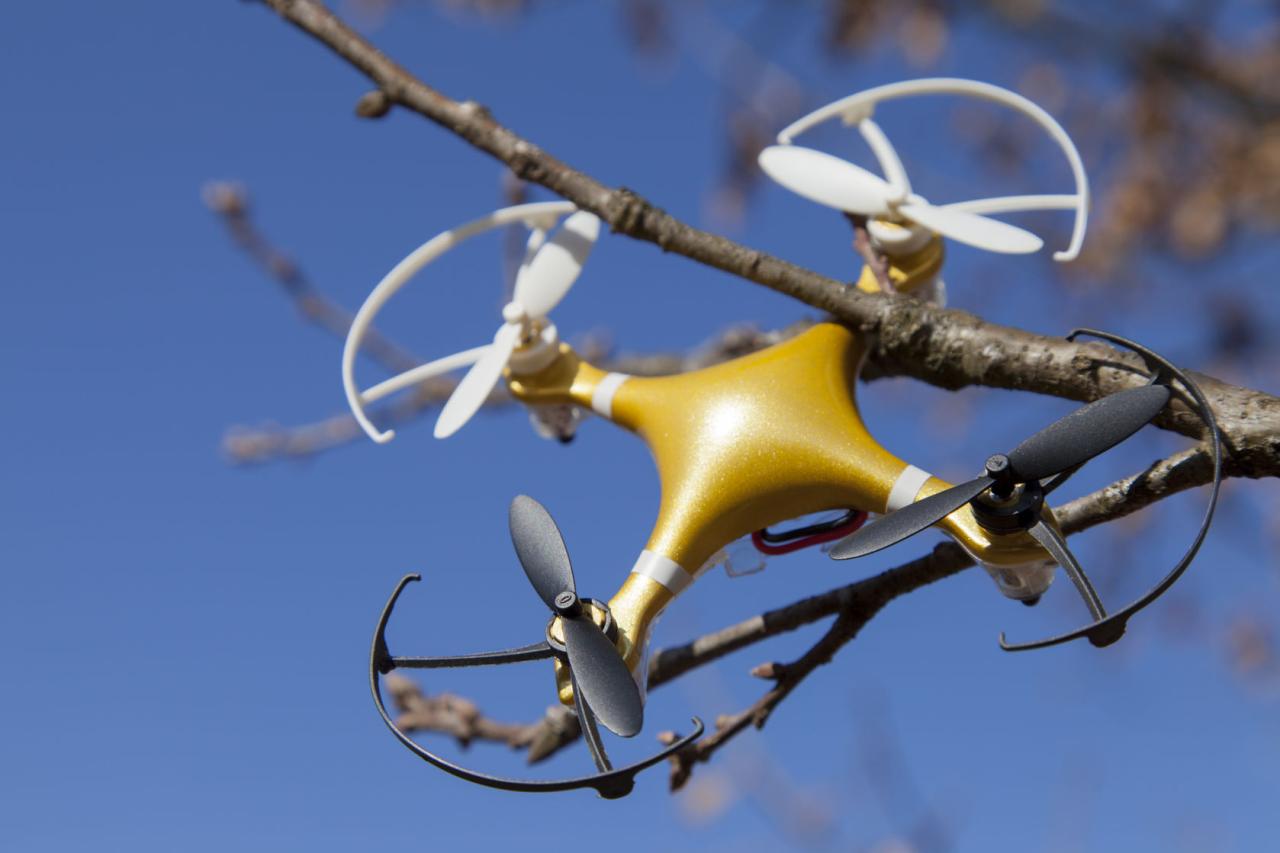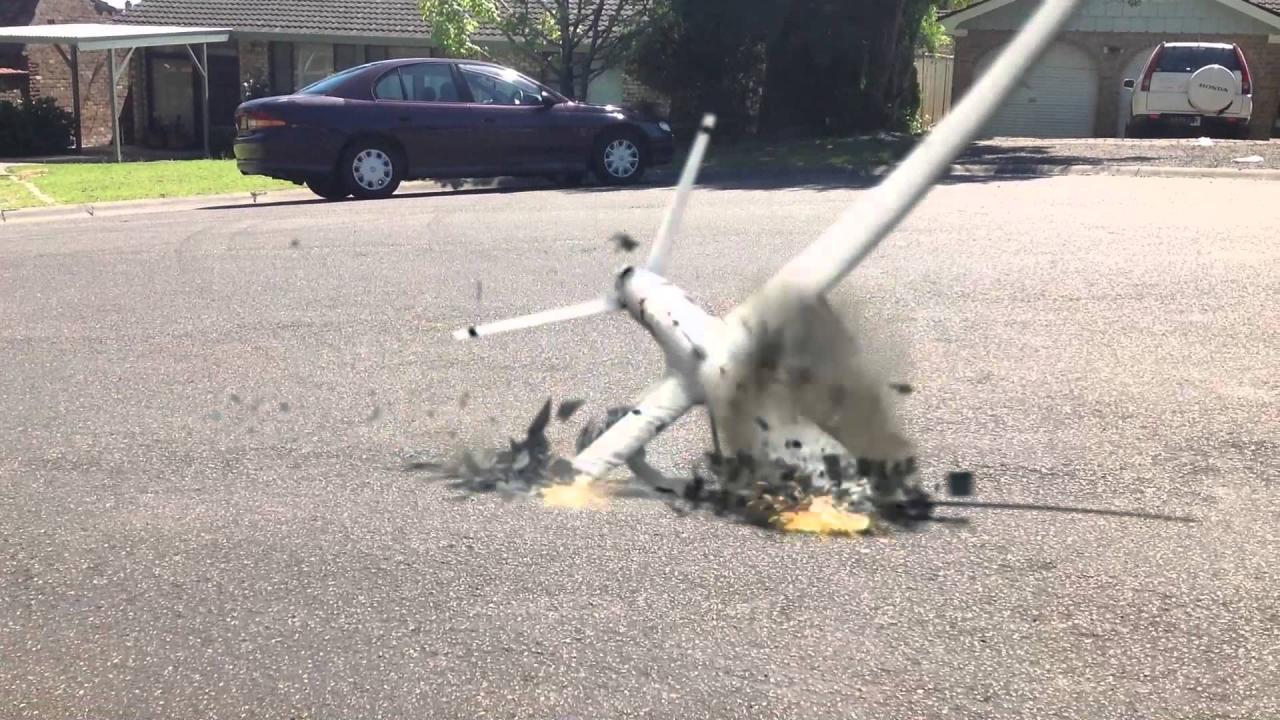Drone show crash – the words alone conjure images of spectacular failures and potential hazards. But understanding why these crashes happen is crucial for improving safety and ensuring the future of this dazzling entertainment. This guide dives into the various causes of drone show malfunctions, from simple software glitches to more complex systemic failures, offering insights into preventing future incidents and mitigating risks.
We’ll explore the technical aspects, delve into safety regulations and best practices, examine the financial and reputational consequences of crashes, and investigate how technological advancements are shaping a safer future for drone shows. We’ll also look at real-world examples, analyzing past incidents to learn valuable lessons for better safety protocols.
Drone show crashes are a serious concern, highlighting the need for better safety protocols. These incidents can range from minor malfunctions to major accidents, as seen with the unfortunate case of a boy hit by drone , underscoring the potential dangers. Therefore, improved regulations and operator training are crucial to prevent future drone show crashes and ensure public safety.
Drone Show Crashes: Understanding the Risks and Implementing Safety Measures

Drone shows, with their mesmerizing displays of synchronized aerial acrobatics, have become increasingly popular. However, the inherent complexities of coordinating numerous drones simultaneously mean that the risk of crashes is a significant concern. This article delves into the various aspects of drone show crashes, from the types of failures to preventative measures and post-crash procedures. We aim to provide a comprehensive overview to improve safety and understanding within the drone show industry.
Types of Drone Show Crashes
Drone show crashes can stem from a variety of sources, broadly categorized as software malfunctions, hardware failures, environmental factors, and human error. Software glitches, such as faulty flight control algorithms or communication errors, can lead to unpredictable drone behavior. Hardware issues, including motor failures, battery malfunctions, or GPS receiver problems, can cause individual drones or the entire show to fail.
Adverse weather conditions, like strong winds or heavy rain, pose significant challenges to drone stability and operation. Finally, human errors in planning, operation, or maintenance significantly contribute to crashes.
Specific technical failures include GPS signal loss, leading to disorientation and uncontrolled flight; communication link disruptions between drones and the control system; and individual drone component failures, like rotor malfunctions or sensor inaccuracies. These technical issues can cascade, impacting the entire show’s stability.
Drone show crashes are unfortunately becoming more common, highlighting the need for robust safety protocols. To see what a well-executed show looks like, check out the amazing visuals from the orlando drone show ; it’s a great example of planning and precision. Learning from both successes and failures helps improve drone show safety and prevent future crashes.
| Crash Type | Frequency | Severity | Example |
|---|---|---|---|
| Software Malfunction | Moderate | Moderate to High | A software bug causing multiple drones to lose altitude simultaneously. |
| Hardware Failure | High | Low to High | A single drone’s motor failing, causing it to fall. |
| Weather Conditions | Moderate | Moderate to High | Strong winds causing drones to drift off course and collide. |
| Human Error | High | Low to High | Incorrect programming of flight paths leading to collisions. |
Safety Protocols and Regulations
Globally, drone show safety regulations vary, but common themes include licensing requirements for operators, pre-flight inspections, and limitations on flight zones and altitudes. Best practices emphasize rigorous pre-flight checks of both hardware and software, detailed flight planning that accounts for potential risks, and the implementation of contingency plans for handling emergencies.
A comprehensive pre-flight checklist should include: battery health checks, motor inspections, GPS signal strength verification, software updates, and a thorough review of the flight plan. Contingency plans should cover scenarios such as communication loss, hardware failure, and adverse weather conditions. These plans should detail procedures for safely landing or recovering drones.
- Thorough pre-flight inspections
- Redundant systems for critical components
- Emergency landing procedures
- Weather monitoring and contingency plans
- Operator training and certification
- Obtaining necessary permits and approvals
Consequences of violating safety regulations can include hefty fines, suspension or revocation of operating licenses, legal action from injured parties, and reputational damage.
Drone show crashes are a bummer, right? All that planning and tech, gone in a flash. To avoid such mishaps, studying successful shows is key, like the amazing spectacle at the niagara falls drone show , which showcases impressive coordination and safety measures. Learning from their successes can help prevent future drone show crashes and ensure a smoother, safer experience for everyone.
Impact of Drone Show Crashes

Drone show crashes can have far-reaching consequences. Financially, organizers face costs associated with drone repairs or replacements, event cancellations, legal fees, and potential compensation to injured parties. Reputational damage can be significant, impacting future bookings and public trust. Spectator safety is paramount, with crashes potentially causing injuries or property damage. Environmental impacts include the potential for debris scattering and the release of pollutants from damaged batteries.
Technological Advancements for Preventing Crashes

Advancements in drone technology are continuously improving safety. Redundancy systems, such as backup power sources and multiple communication channels, mitigate the impact of single-point failures. High-precision GPS and improved sensor technology enhance drone positioning accuracy and situational awareness. Autonomous flight control systems with obstacle avoidance capabilities minimize the risk of collisions. Advanced algorithms allow for real-time monitoring and automated responses to potential hazards.
A hypothetical future system might incorporate AI-powered predictive analytics to anticipate potential problems, real-time collision avoidance using advanced sensor fusion, and drone-to-drone communication for enhanced coordination and safety.
Case Studies of Drone Show Crashes
Analyzing past incidents provides valuable insights for improving safety. For example, a case study might examine a show where a software glitch caused multiple drones to malfunction, highlighting the importance of thorough software testing and redundancy. Another case could involve a crash due to unexpected weather, emphasizing the need for robust weather monitoring and contingency planning.
| Incident | Cause | Consequences | Key Learnings |
|---|---|---|---|
| Example 1 | Software glitch | Multiple drone crashes, minor injuries | Improved software testing and redundancy |
| Example 2 | Strong winds | Event cancellation, drone damage | Enhanced weather monitoring and contingency plans |
Post-Crash Procedures and Investigations
Standard procedures for investigating drone show crashes involve securing the crash site, recovering data from the drones’ flight recorders and onboard systems, and analyzing the data to determine the cause of the failure. A flowchart detailing the investigative steps would include initial response, evidence collection, data analysis, and the generation of a final report. Stakeholders involved include drone manufacturers, show organizers, operators, and regulatory bodies.
Public Perception and Media Coverage

Media coverage significantly shapes public perception of drone show safety. Negative reporting of crashes can erode public trust, while positive reporting on safety initiatives can build confidence. Different media outlets may frame the same incident differently, influencing public opinion. Responsible reporting that balances the risks and benefits of drone shows is crucial for fostering a safe and sustainable industry.
Ending Remarks
Drone show crashes, while infrequent, highlight the critical need for robust safety measures and continuous technological improvement. By understanding the causes, implementing stringent safety protocols, and embracing advancements in drone technology, we can minimize risks and ensure that these spectacular displays continue to amaze audiences worldwide, safely and reliably. The future of drone shows depends on a proactive approach to safety, learning from past mistakes, and investing in preventative technologies.
Questions Often Asked
What is the average cost of a single drone used in a show?
The cost varies greatly depending on the drone’s features and capabilities, ranging from a few hundred to several thousand dollars.
How many drones are typically involved in a large-scale drone show?
Large-scale shows can involve hundreds, even thousands, of drones working in synchronization.
What kind of insurance is needed for drone show operations?
Comprehensive liability insurance is essential to cover potential damages and injuries resulting from accidents.
Are there specific certifications required for drone show pilots?
Regulations vary by location, but many jurisdictions require specialized certifications and licenses for commercial drone operation.
